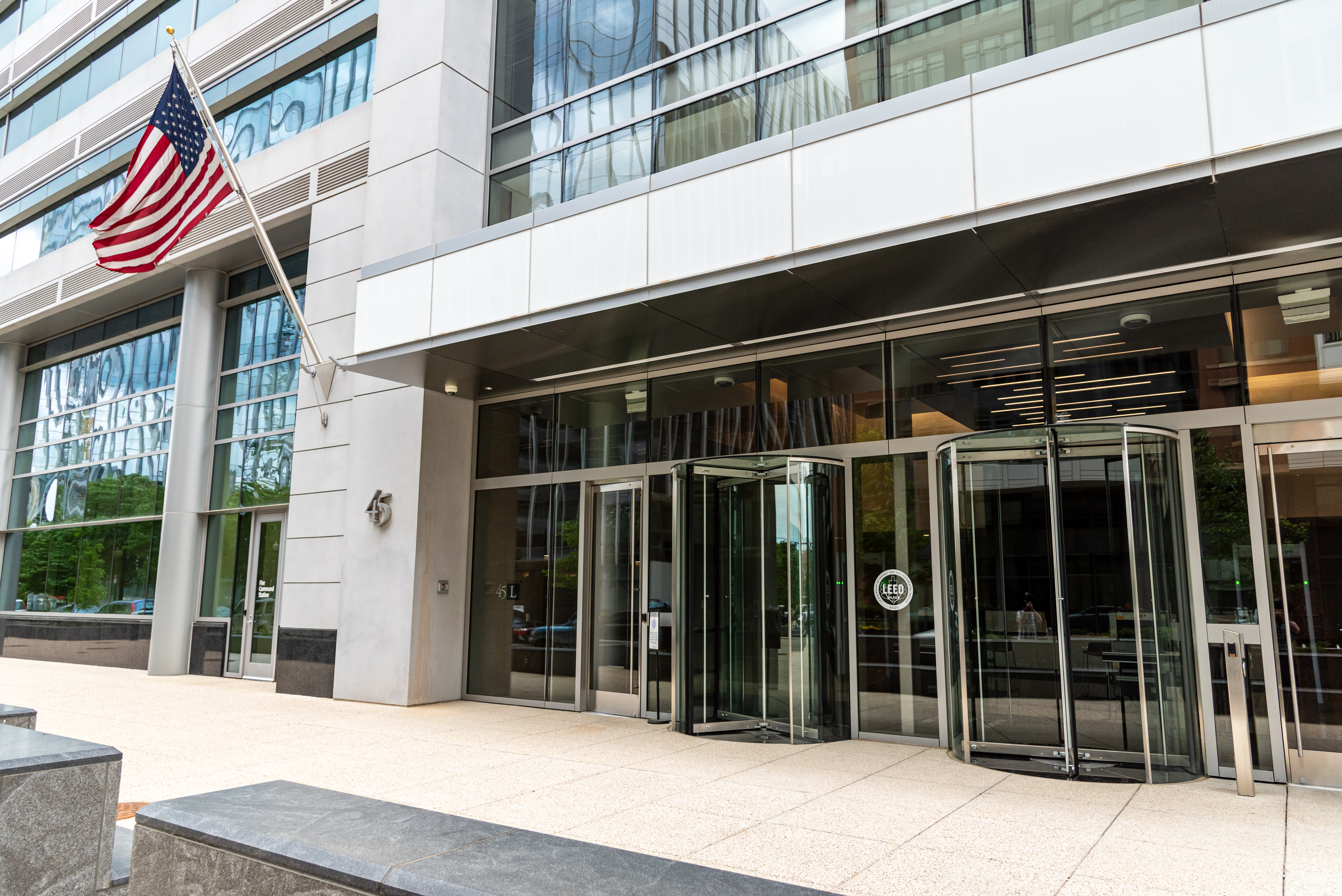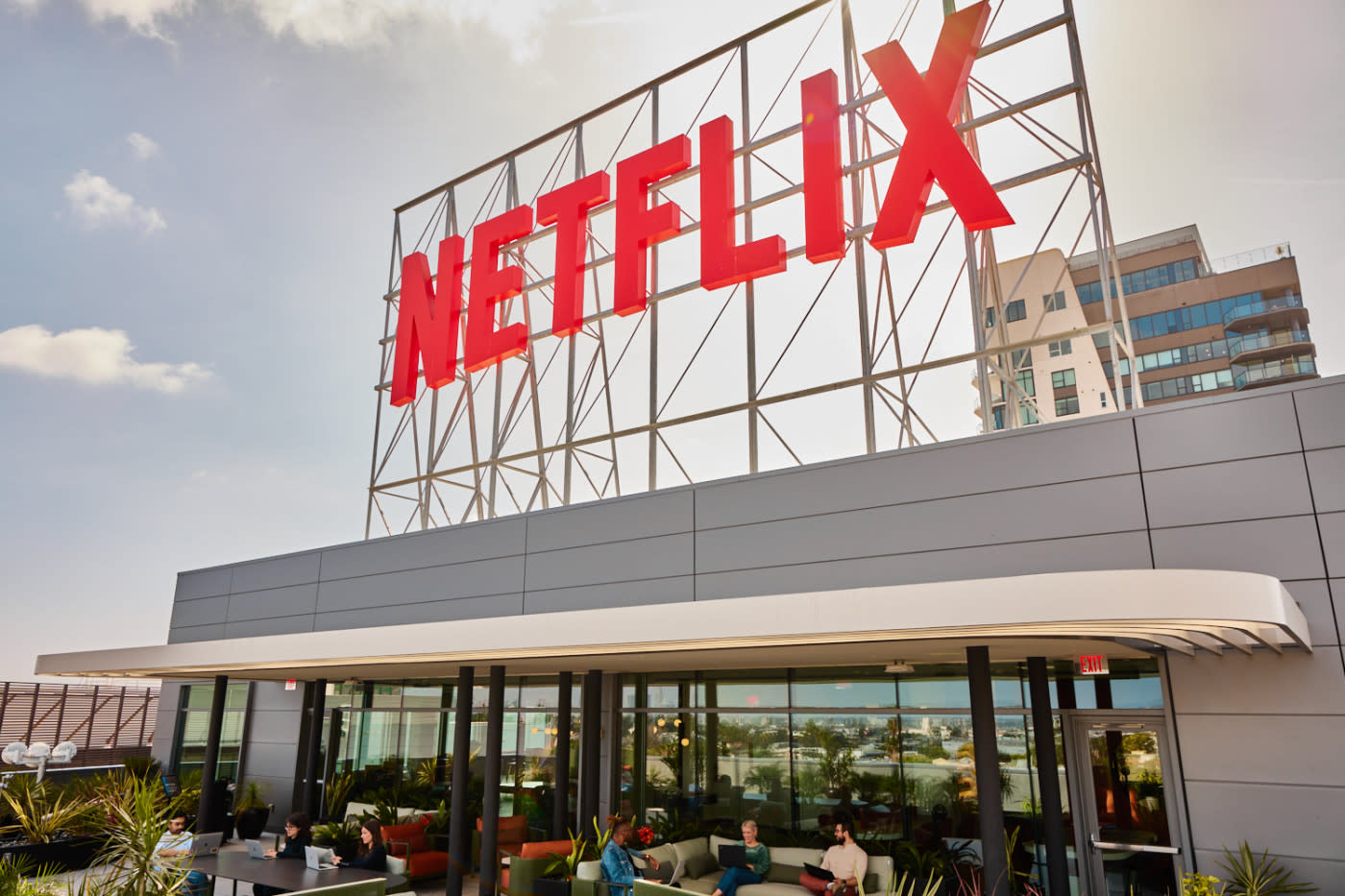Pearl TV Tells FCC That CTA Members Are Trying to ‘Stifle Broadcast Innovation’
Broadcasters complained that TV set manufacturers are ‘incentivized’ to oppose ATSC 3.0 tuners because their FAST channels compete with broadcasters for ads and audiences

WASHINGTON—In a meeting with staffers at the Federal Communications Commission, the Pearl TV consortium of broadcast station groups urged the Commission push forward with a variety of measures to speed up the transition to NextGen TV, aka ATSC 3.0 by establishing a cutoff date for the current broadcast standard and mandating 3.0 tuners in TV sets.
During the July 10 meeting with Erin Boone, Maria Mullarkey, Evan Morris, Evan Baranoff, Mark Colombo, and Lyle Elder in the Media Bureau of the FCC, Pearl TV argued that setting a “date certain for the end of the transition was necessary in order to trigger the manufacture and sale” of devices needed for the transition.
While broadcasters laid out their efforts to invest in the new broadcast standard and work with consumer electronics firms to bring more ATSC 3.0-capable devices into the market, they also attacked efforts by pay TV groups and consumer tech manufacturers to oppose a mandatory transition.
CTA members who own FAST streaming channels that compete with broadcasters for ads and audiences are “incentivized to stifle broadcast innovation,” Pearl TV representatives argued.
“The recent efforts by NCTA, CTA and its members, and others to oppose Commission action on the transition to ATSC 3.0" illustrate that conflict, lawyers for Pearl TV complained in a letter to the FCC describing the meeting. “While it is obvious that the cable industry for decades has long opposed any efforts by the broadcast industry to compete with their owned content and distribution system and to be required to pay fair compensation for content they sell, it may be less obvious to the Commission that CTA members also compete against broadcasters for viewers and advertising dollars. In short, they are no longer just in the equipment business but through their FAST channels (Free Ad-Supported Streaming Television), they currently compete with broadcasters. TV manufacturers that own FAST channels today are competing with broadcasters for advertisers and viewers; consequently, it is not surprising that they too are incentivized to stifle broadcast innovation.”
During the meeting, Pearl TV also presented slides providing an update on the status of ATSC 3.0. That update noted that 76% of U.S. households can now receive NextGen TV, or 96 million households (258 million viewers) in 73 of the Top 100 TV markets. As part of the deployments, more than 600 "services" have been launched across all 76 deployed markets, with an average of 7 channels per market.
It also noted that various versions of HDR are available via 3.0 broadcasts in 69 million to 84 million homes.
The professional video industry's #1 source for news, trends and product and tech information. Sign up below.
Pearl reported that a cumulative total of 15 million televisions have been distributed and that the CTA forecasts that an extra 5 million units will be shipped by 2025 while stressing that a cutoff date is needed to encourage more devices.
The full letter, along with the slides, is available here.
George Winslow is the senior content producer for TV Tech. He has written about the television, media and technology industries for nearly 30 years for such publications as Broadcasting & Cable, Multichannel News and TV Tech. Over the years, he has edited a number of magazines, including Multichannel News International and World Screen, and moderated panels at such major industry events as NAB and MIP TV. He has published two books and dozens of encyclopedia articles on such subjects as the media, New York City history and economics.

